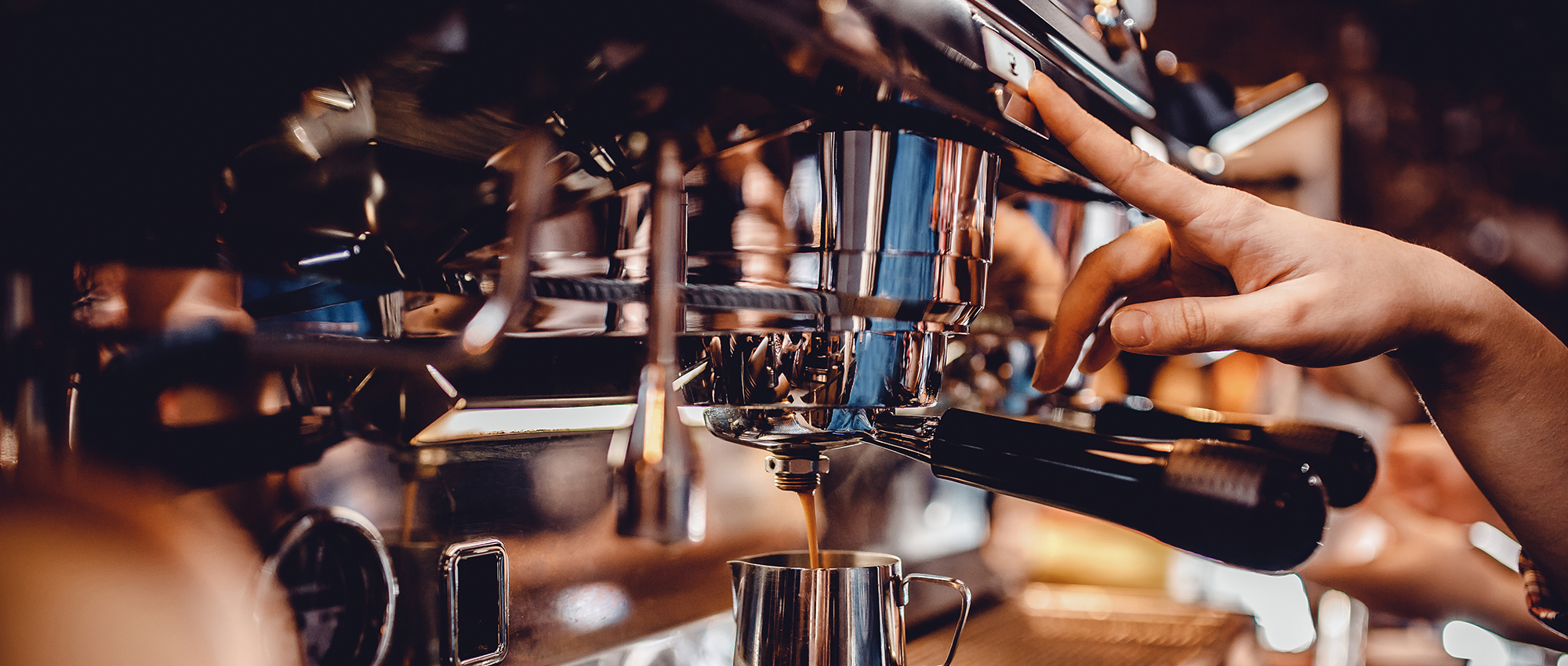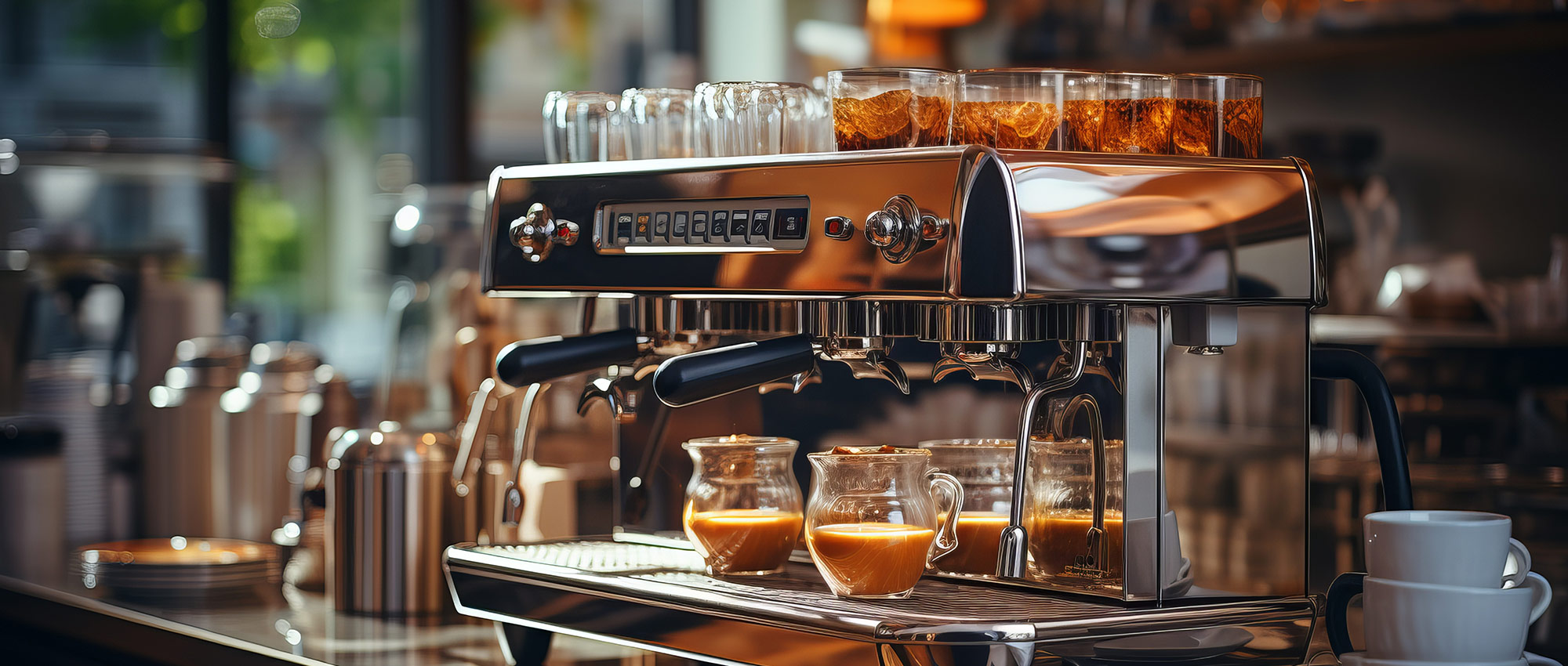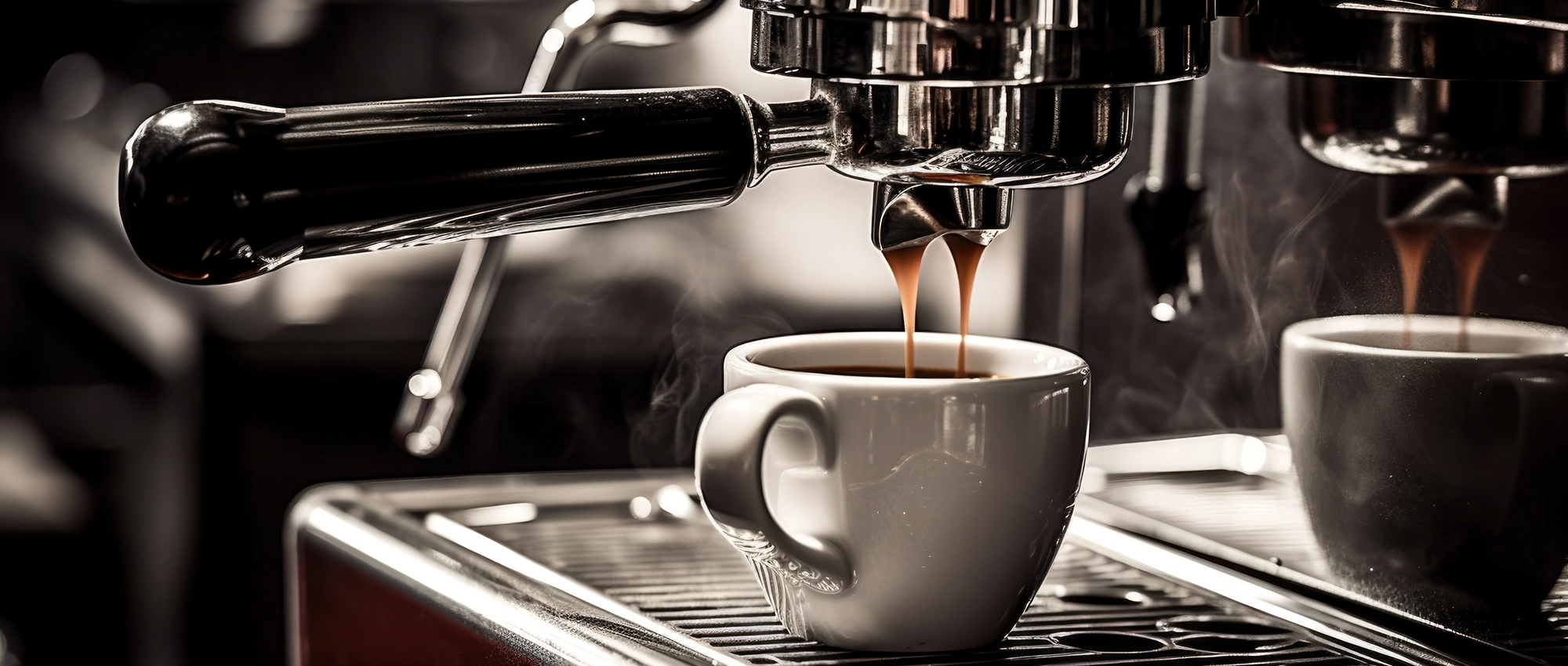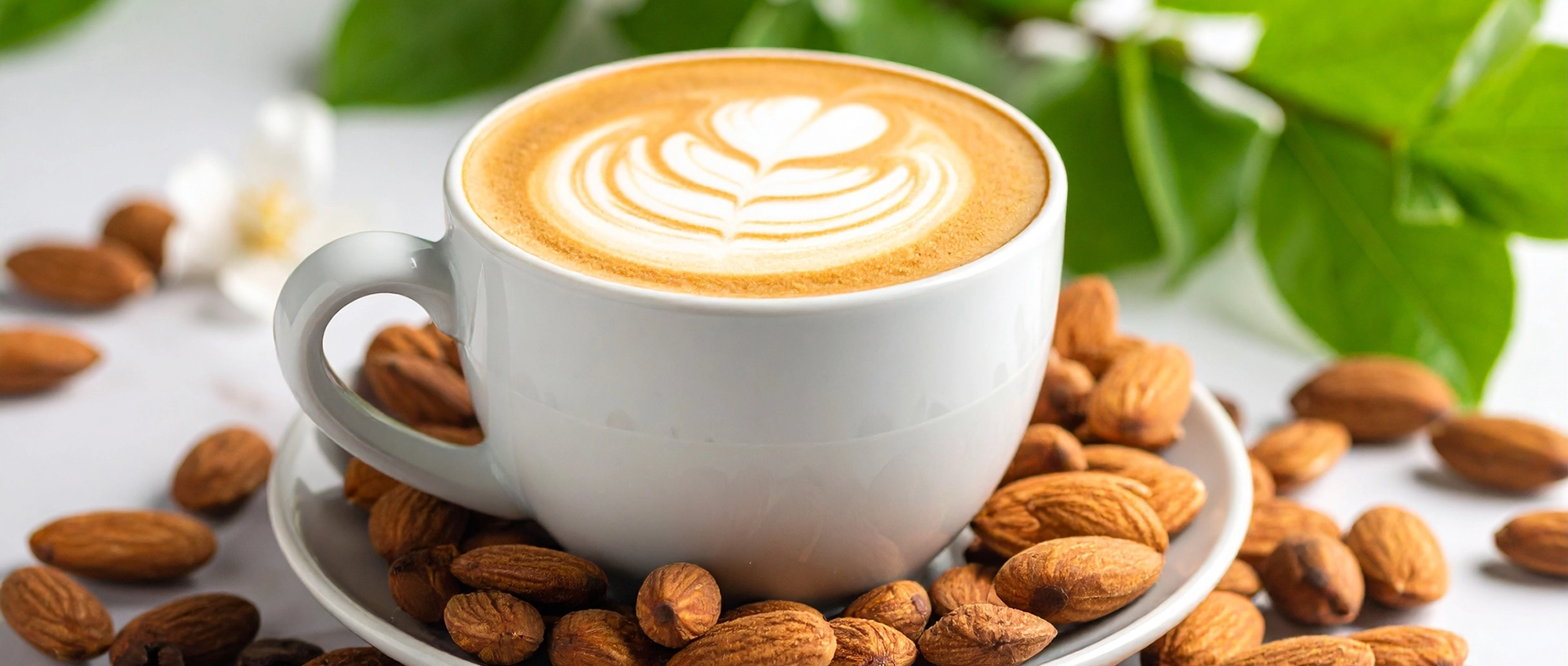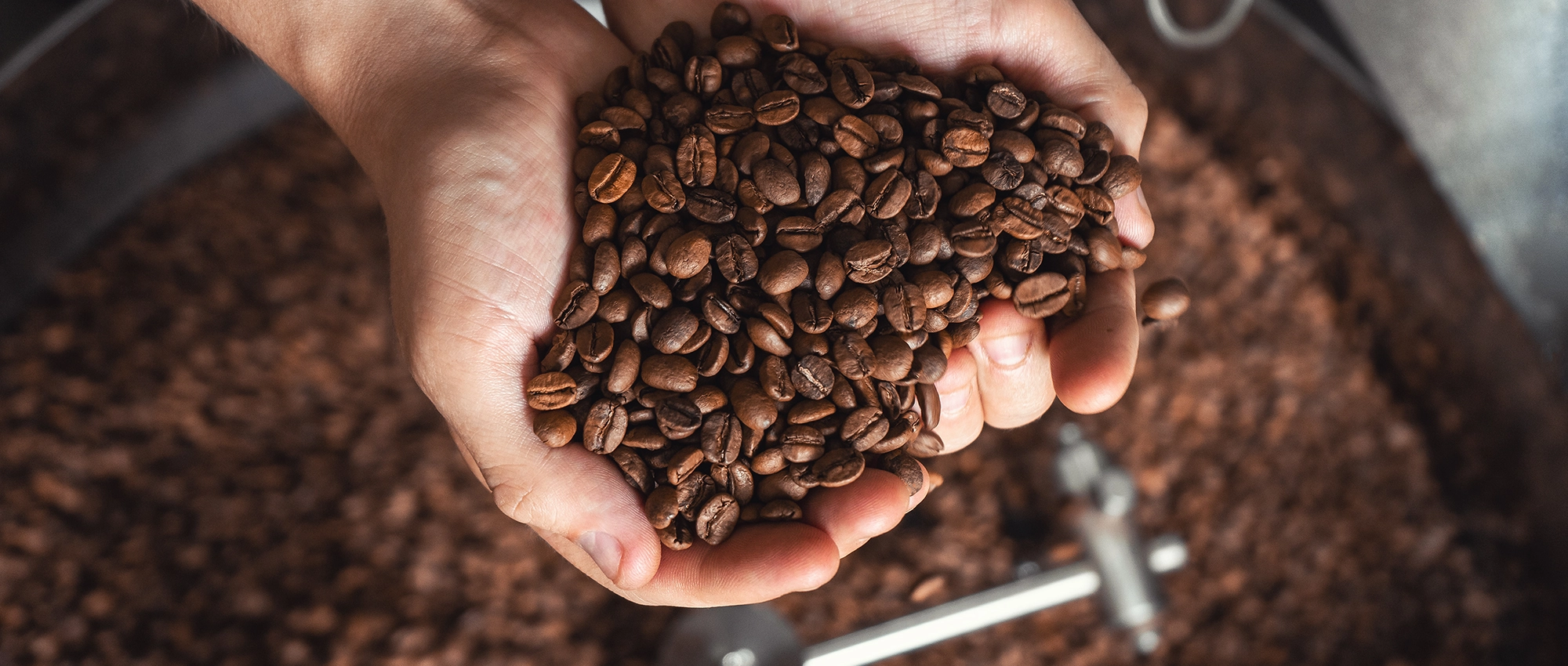The Science of Espresso Extraction: Achieving Consistency in the Cafe Environment
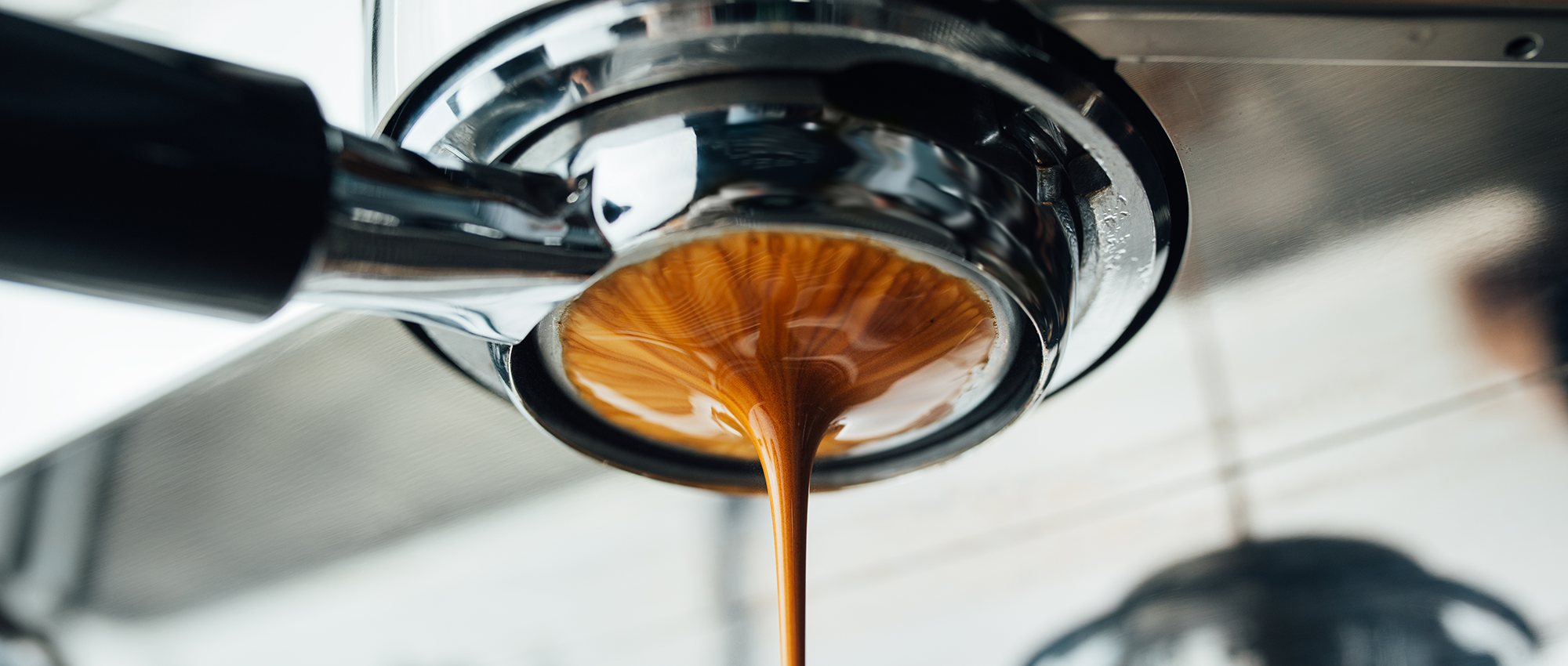
The Science of Espresso Extraction
In the competitive world of specialty coffee, consistency stands as the cornerstone of success. While a single exceptional espresso can delight a customer, it is the ability to replicate that experience shot after shot, day after day, that builds loyalty and reputation. Understanding the science behind espresso extraction transforms coffee preparation from an art form shrouded in mystery into a systematic, repeatable process. This knowledge empowers baristas and cafe owners to deliver excellence consistently, regardless of the variables that might otherwise compromise quality.
Understanding Espresso Extraction Fundamentals
Espresso extraction is fundamentally a process of controlled dissolution. When hot water under pressure passes through compacted coffee grounds, it dissolves and suspends hundreds of chemical compounds, creating the complex beverage we recognize as espresso. These compounds include organic acids, sugars, lipids, proteins, and aromatic volatile compounds. The challenge lies in extracting the desirable compounds while minimizing the extraction of undesirable bitter elements.
The extraction process occurs in phases. Initially, water dissolves highly soluble compounds including acids and sugars, producing bright, sometimes sour flavors. As extraction continues, less soluble compounds including caffeine and pleasant bitter notes emerge. Finally, if extraction proceeds too long, astringent tannins and unpleasant bitter compounds dominate the flavor profile. Achieving consistency requires controlling this extraction process with precision.
The Four Pillars of Espresso Extraction
Professional baristas rely on four fundamental variables to control extraction: dose, grind size, time, and temperature. These variables interact in complex ways, and understanding their relationships is essential for achieving consistency.
Dose refers to the amount of ground coffee used for each shot, typically measured in grams. A standard double shot uses between 18 and 22 grams of coffee, though specific doses vary based on basket size and desired flavor profile. Maintaining consistent dosing is the foundation of repeatable espresso. Even small variations of one or two grams can significantly impact extraction, altering both flavor and body. Commercial cafes must implement precise dosing protocols, whether through volumetric grinders, scales, or carefully trained barista practices.
Grind size determines the surface area of coffee exposed to water and the resistance water encounters passing through the coffee puck. Finer grinds increase extraction by providing more surface area and slowing water flow, while coarser grinds reduce extraction. The relationship between grind size and extraction is exponential rather than linear, meaning small adjustments can produce dramatic changes in the final beverage. This sensitivity makes grind size one of the most critical variables to monitor and adjust throughout the day.
Brew time measures how long water contacts coffee during extraction. For espresso, ideal brew time typically ranges from 25 to 30 seconds for a double shot, though this varies based on other parameters. Brew time serves as both a control variable and a diagnostic tool. When other variables remain constant, changes in brew time indicate shifts in extraction that require attention.
Water temperature affects the rate and extent of extraction. Higher temperatures accelerate extraction and increase the solubility of compounds, while lower temperatures slow extraction and emphasize different flavor characteristics. Most espresso machines maintain brew temperatures between 90 and 96 degrees Celsius or 190 and 204 Fahrenheit. Temperature stability is crucial, as fluctuations of even two or three degrees can produce noticeable flavor changes.
The Role of Water Quality and Pressure
Water quality profoundly influences espresso extraction, yet many cafes overlook this critical variable. Water comprises over 98 percent of brewed espresso, and its mineral content directly affects extraction chemistry and flavor. Minerals in water, particularly calcium and magnesium, facilitate extraction by binding with organic acids in coffee. However, excessive mineral content can lead to over extraction and equipment scaling, while insufficient minerals produce under extracted, flat espresso.
Total dissolved solids in brewing water should typically range between 75 and 250 parts per million for optimal extraction. Water hardness, alkalinity, and pH all play distinct roles in extraction chemistry. Professional cafes invest in water filtration and treatment systems specifically designed for coffee brewing, recognizing that consistent water quality is as important as consistent coffee quality.
Pressure is the defining characteristic that distinguishes espresso from other brewing methods. Standard espresso extraction occurs at approximately 9 bars of pressure, though some modern machines offer pressure profiling capabilities. This pressure forces water through the compacted coffee puck, enabling the extraction of oils and colloids that create espresso’s characteristic body and crema. Pressure must remain stable throughout extraction, as fluctuations can cause channeling and uneven extraction.
Environmental Variables and Their Impact
The cafe environment itself introduces variables that affect extraction consistency. Humidity, temperature, and even barometric pressure influence how coffee behaves during grinding and extraction. Coffee is hygroscopic, meaning it absorbs moisture from the surrounding air. In humid conditions, coffee grounds clump more readily and flow through the grinder differently. This requires grind adjustments throughout the day to maintain consistent extraction.
Ambient temperature affects both coffee and equipment. Espresso machines require thermal stability to perform consistently, and fluctuations in room temperature can impact machine performance. Additionally, coffee beans themselves respond to temperature changes. Cold beans from refrigerated storage extract differently than beans at room temperature, necessitating workflow considerations to maintain consistency.
High volume periods present unique consistency challenges. As espresso machines work continuously, group head temperatures may rise, affecting extraction. Steam boiler demand during peak periods can impact brew boiler stability on some machines. Understanding these dynamics allows cafes to implement strategies that maintain consistency even during rushes.
Implementing Consistency Protocols
Achieving consistency requires systematic protocols that address each variable. Successful cafes implement standard operating procedures that begin before the first customer arrives. Daily machine warm up protocols ensure thermal stability. Grinder calibration checks verify that settings produce appropriate extraction times. Taste testing confirms that the flavor profile meets standards before service begins.
Throughout service, regular monitoring maintains consistency. Many cafes implement shot timing protocols, pulling test shots at regular intervals to verify extraction times remain within acceptable ranges. When deviations occur, trained baristas make calculated adjustments, typically starting with grind size as the most responsive variable. Documentation of adjustments helps identify patterns and anticipate necessary changes.
Equipment maintenance schedules are essential for long term consistency. Espresso machines require regular cleaning, including backflushing, group head scrubbing, and shower screen maintenance. Grinder burrs wear over time, gradually affecting particle size distribution. Establishing replacement schedules based on usage volume prevents gradual quality degradation. Water filtration systems require monitoring and timely cartridge replacement to maintain consistent water quality.
The Human Element in Consistency
While equipment and protocols provide the foundation for consistency, skilled baristas remain irreplaceable. Barista training must extend beyond mechanical technique to include sensory evaluation and problem solving skills. Understanding extraction theory enables baristas to diagnose issues and implement corrections independently.
Tamping technique significantly impacts extraction consistency. The tamp creates a uniform, level coffee puck that promotes even water distribution and extraction. Inconsistent tamping pressure or uneven pucks cause channeling, where water finds paths of least resistance through the coffee. This produces simultaneous over extraction and under extraction in different portions of the puck, creating muddled, unbalanced flavors.
Distribution of grounds in the portafilter basket before tamping also affects extraction uniformity. Various distribution techniques, from simple tapping to specialized distribution tools, aim to eliminate clumps and voids in the coffee bed. Consistent distribution practices help ensure that every shot receives uniform water exposure.
Monitoring and Measuring Extraction
Professional cafes increasingly rely on measurement tools to quantify extraction. Refractometers measure total dissolved solids in brewed espresso, providing objective data about extraction yield. This technology allows cafes to verify that extraction falls within target ranges, typically between 18 and 22 percent for espresso.
Extraction yield and beverage strength are related but distinct concepts. Yield refers to the percentage of coffee mass dissolved into the water, while strength refers to the concentration of dissolved solids in the final beverage. Understanding this relationship enables precise control over both extraction level and cup profile. A cafe might target specific extraction yields that produce their desired flavor profile, then adjust beverage strength through dose and output volume.
Shot timing, while simple, remains one of the most practical consistency tools. Establishing target brew times for given doses and yields provides baristas with immediate feedback. When times drift outside acceptable ranges, adjustments can be made proactively rather than waiting for customer complaints.
Advanced Extraction Techniques
Modern espresso machines offer capabilities that extend beyond traditional extraction parameters. Pressure profiling allows manipulation of pump pressure throughout the extraction process. Pre infusion phases apply lower pressure initially, allowing water to saturate grounds gently before full pressure extraction. These techniques can enhance consistency by reducing channeling risks and improving extraction uniformity.
Temperature profiling enables precise control over water temperature at different extraction stages. Some profiles begin with higher temperatures to enhance extraction, then reduce temperature to minimize astringency. While these advanced techniques offer additional control, they also introduce complexity. Cafes must weigh the benefits of enhanced capability against the increased training requirements and potential for inconsistency if not properly managed.
Building a Culture of Consistency
Ultimately, consistency in the cafe environment requires more than equipment and technique. It demands a culture where every team member understands their role in delivering quality. Regular training sessions, taste panels, and quality discussions keep standards at the forefront of operations. When baristas understand not just what to do but why they do it, they become active participants in quality maintenance rather than passive followers of rules.
Consistency also requires honest assessment and continuous improvement. Cafes should regularly evaluate their products critically, identifying areas where consistency wavers and implementing solutions. This might involve equipment upgrades, protocol refinements, or additional training. The pursuit of consistency is ongoing, not a destination but a commitment to excellence.
Conclusion
The science of espresso extraction provides a framework for understanding and controlling the complex variables that determine coffee quality. In the dynamic cafe environment, where equipment, ingredients, and conditions constantly change, systematic approaches to consistency separate exceptional establishments from merely adequate ones. By understanding extraction fundamentals, implementing robust protocols, investing in appropriate equipment, and cultivating skilled, knowledgeable staff, cafes can achieve the consistency that builds reputation and ensures long term success. Consistency is not about eliminating all variation but about understanding and controlling it, ensuring that every customer experiences the quality that defines your cafe’s identity.
Gary Downey
Gary Downey
Tags :
Coffee U Sunday: Weekly Coffee Business Education
Get expert coffee insights delivered to your inbox every Sunday. Equipment guides, brewing tips, business strategies, and industry trends to help your business succeed.
Categories
Categories
- Coffee Brewers (1)
- Coffee Business Success (9)
- Coffee Grinders (1)
- Coffee Shop Owners (8)
- Coffee Technology (3)
- Cold Brew Coffee (2)
- Espresso Machines (8)
- Espresso Shots (3)
- La Marzocco (2)
- Maintenance & Service (2)
- Specialty Coffee Drinks (3)
- Water Treatment (1)
📚 Equipment Guides
Comprehensive breakdowns of different machine types, helping you make informed purchasing decisions
 Maintenance Tips
Maintenance Tips
Professional techniques to keep your equipment running at peak performance and extend its lifespan
 Brewing Science
Brewing Science
Understand the ‘why’ behind extraction, temperature stability, and equipment design
 Troubleshooting Help
Troubleshooting Help
Common problems and solutions to minimize downtime and service calls
 Business Insights
Business Insights
ROI calculations, workflow optimization, and equipment selection for your specific needs
 Technology Explained
Technology Explained
Demystifying features like PID control, pressure profiling, and heat exchange systems
Coffee U Sunday: Weekly Coffee Business Education
Get expert coffee insights delivered to your inbox every Sunday. Equipment guides, brewing tips, business strategies, and industry trends to help your business succeed.
Share
Use our search function or browse by category to find exactly what you need. Can’t find an answer? Contact us directly, your question might inspire our next Coffee U article! As we grow, so will this resource, shaped by the real needs of coffee professionals like you.
Start exploring Coffee U today and discover why Bean & Brew Technologies is committed to elevating the coffee industry through education and exceptional service.
Have a question?
We're here to help.



